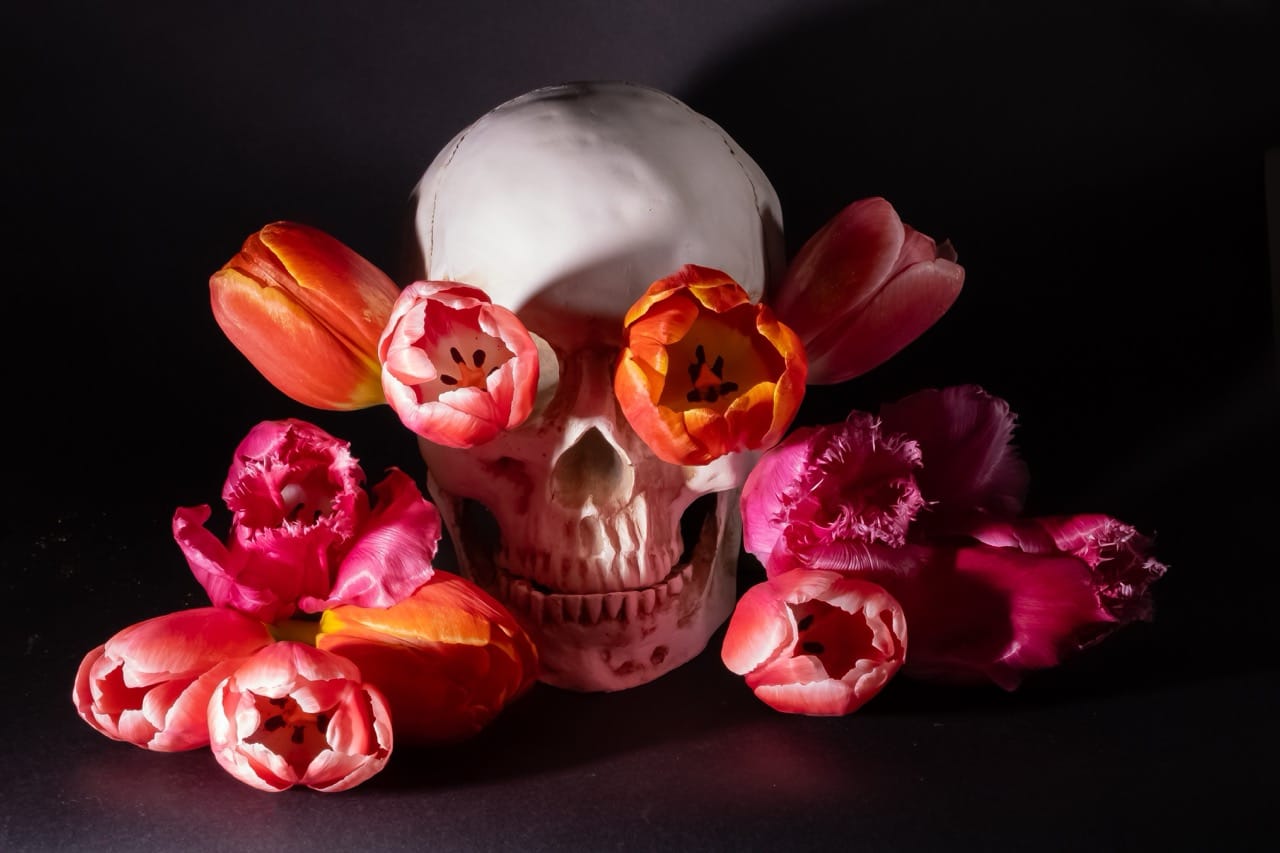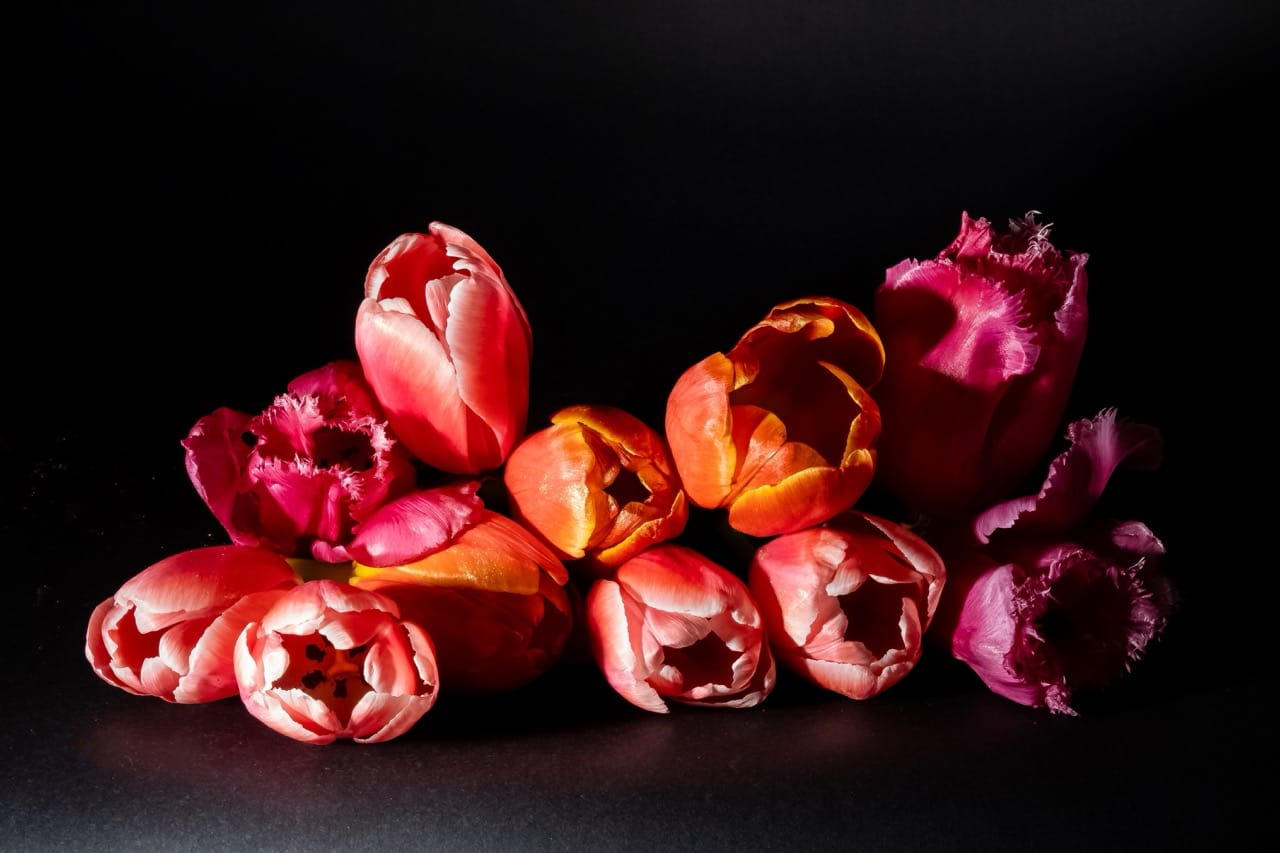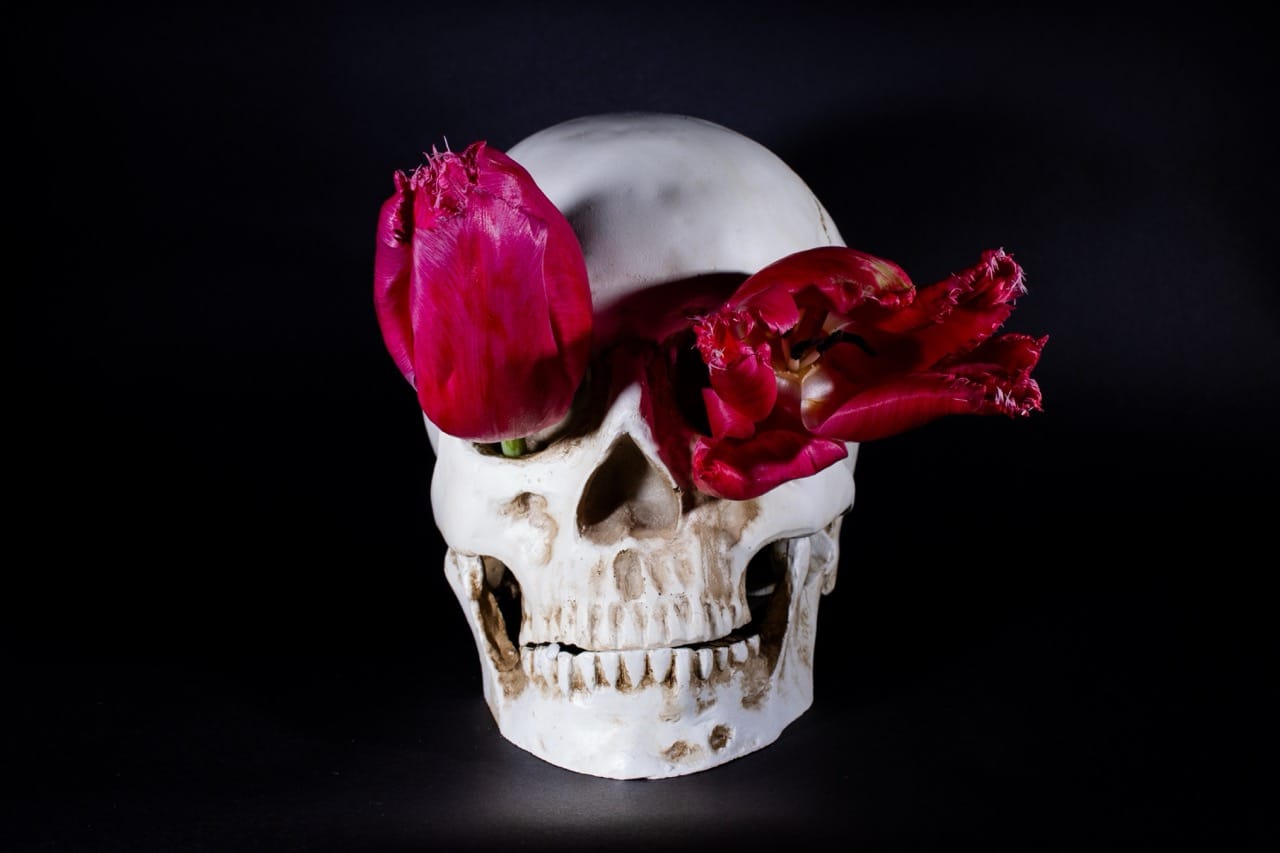Tulipmania was not irrational.
In February 1637, the Dutch futures market had a reset on all outstanding contracts for tulips. The prices had reportedly been growing an unprecedented rate, and there was risk of systemic collapse of defaulted contracts.

In this newsletter, I'm more interested in understanding what led to the 17th century Tulipmania, than trying to disprove its bubble-like nature.
Let’s start by saying that the modern consensus seems to be that Tulipmania in 1637 wasn’t as irrational and extreme as a certain 19th century writer made it seem. That sober academic and intellectual perspective hasn’t trickled down to the masses, where every single craze is immediately compared to the the Dutch Tulipmania.
Gathered around the campfires early in their training, fledgling economists hear the legend of the Dutch tulip speculation from their elders, priming them with a skeptical attitude toward speculative markets. That prices of "intrinsically useless" bulbs could rise so high and collapse so rapidly seems to provide a decisive example of the instability and irrationality that may materialize in asset markets.
The Dutch tulipmania of 1634-37 always appears as a favorite case of speculative excess, even providing a synonym in our jargon for a speculative mania. As a nonessential agricultural commodity, the tulip could be reproduced rapidly and without limit, should its relative price have increased.
– Peter Garber, "Tulipmania", Journal of Political Economy, June 1989
People would write “and all for what? a tulip that dies in a week or two?”
Whatever happened in the first months of 1637 did not happen in a vacuum. In order to best understand Tulipmania, in context, we have to begin decades earlier.
Broken Colors
As I mentioned in the first week, during that period, there was a tulip breaking virus which was attacking certain tulips, causing the colors to break. Already a flower not known for a single color, the tulip became a canvas for all color combinations. But the virus was not a certainty, nor were the colors of the resulting tulip. The second generation of the same tulip would not necessarily have the same pattern as the first, and so on and so forth.
They were overwhelmed by the sheer amount of color, and considered every new color combination to be a unique sort or breed.
For context, in 1597, an Englishman named John Gerarde published a book called The Herball or Generall Historie of Plantes. He describes a friend, James Garret, who had planted and replanted his own tulips for twenty years, as well as seeds and bulbs he had received from oversea friends, and
...for that each new year [brings forth] new plants of [sundry] colours not before [seen]: all which to describe [particularly], were to [roll] Sisiphus' stone, or number the [sands]...
In other words, "which are almost infinite in number."
Dutch Art
People would commission artists to paint their unique tulip’s designs for posterity. And it was while looking at these did I begin, that I realized that these color combinations, while unique in the precise patterns and quite beautiful, weren’t necessarily unique colors.
If we consider the work of a 20th century artist who focused on the randomness, Jackson Pollock, we can draw a comparison. While the colors used was important, it was the uniqueness of the pattern that made each one of a kind.
When speaking about the art of the Dutch Golden Age, there are several things we can note. First of all, it was the first time, in earnest, in history where people would be purchasing small pieces of artwork intended the home, called kabinetstuk or cabinet paintings. There was the idea of art and uniqueness to be something to be valued on a different scale.
But while many in the Italian Renaissance were renowned for their focus on perspective in their paintings, in addition to painting scenes from either the Bible or Ovid’s Metamorphoses, the Dutch had secular artwork that didn’t necessarily features gods or saints, but regular people, living regular lives. They focused on representations of natural beauty, like collections of flowers, featuring tiny visitors like bees or butterflies to highlight the living.
Chosen Names
While exploring the etymology of the word tulip, and connecting it to the rest of the orchids and satyrion flowers, for the first two tulip-related newsletters, I began to hypothesize a theory.
One of the things that stuck out about European tulips in the 1630s, it seems that the vast majority were named after people. From Admirals to Dukes to Cardinals and Queens. I wondered if the trend began by naming the flowers after particularly lewd individuals (to go along with the idea of the satyrs), and evolved in naming them after the noble, royal, and wealthy.
This negates the notion that these tulips were a rapidly reproducible commodity.
Limited Edition Celebrity
And I am unaware of any previous historical example in which people would be able to purchase something unique, but branded with a celebrity (albeit, perhaps without the permission of the celebrity). In the 20th century, we saw it when Andy Warhol wanted to let everyone own a version of Marilyn Monroe.
But in the 17th century, anyone could own Cardinal Richelieu, l'Éminence Rouge , or some symbolic representation of him.
Fleeting Beauty
They also began introducing philosophy into their work, with the style described as vanitas, which would echo Ecclesiastes 1:2, “vanity of vanities, everything is vain”, or “vanitas vanitatum, omnia vanitas”.
There works with place living things, rotting things, and skulls all in a single painting, to remind us that we are all dying. What would be a better example of this philosophy than the blooming and withering of a unique tulip?
Beauty Takes Time
We can potentially create a 7-12 year range from initial planting to what we can consider to profitability, with no guarantee of success at any stage. And that is why the timing of the the mania was so critical.
In the mean time it is not necessary to take up these small Bulbs in the two first Years, and to new plant them; although I judge, that the taking up and replanting them, is very profitable ; for if you let the Seedlings stand over, the Earth will grow stiff and stubborn, and crakly; and Experience teaches us, that the more the Ground is worked, the better it grows.
How long the Seeds must grow before they bear Flowers .
Seeing that one Plant grows quicker than another, we can prefix no certain time; but commonly it beareth the fifth Year; sometimes it is seven Years, according as several Accidents may happen.
— The Dutch Gardener (1703, English Translation)
Calculating the Future Value of a Tulip Bulb
So what were people buying? A single tulip bulb, for example, was something which could produce generations of beautiful unique bulbs and blooms for dozens of years. Each season represented more possibility, but also increased risk.
Generation α (alpha)
While we know that people had been growing tulips in Europe since the late 1570s, we can choose 1610 as the time tulips began to gain prominence in Dutch culture.
Around 1610, the future mayor of Amsterdam (and future Rembrandt model) Claes Pieterszoon changed his name to Dr. Nicholaes Tulp, and named his new home in 1616 “De Tulp” or "the tulip".
Generation β (beta)
By 1624, the Semper Augustus was already growing in the garden of Dr. Adriaen Pauw, and he refused to sell any of the seeds, bulbs, or flowers. That itself would be a model for the potential future value of a single bulb, if the colors broke into a variegated pattern in a particularly pleasing way.
Generation γ (gamma)
So if Semper Augustus was planting around the time of the fervor which resulting in Tulp’s choosing his new name and symbol of his family heraldry, then the people who began planting tulips because of the Semper Augustus would have resulted in a surfeit of beautiful tulips by 1635, each one now having the additional “branding” of nobility or royalty, which, in turn would result in people starting the process again, the market would be established enough by then to be able to market and sell your new blooms, seeds, and bulbs.
Informed Investors
When considering an investment in a tulip bulb in 1635, therefore, you would have decades of history to draw upon to make an educated opinion about investing. Obviously, investors at this stage were also susceptible to a survivorship bias, namely, it is look at the successful varieties of the past decade, but they would have no idea how many others had failed in the process. But they would see that there is a viable business model, if they succeed.
Tulip Industry
An established cottage industry would have arose by that point in time.
There would be a bifurcation of roles, between the growers and agents and sellers. That’s why people who were used to selling beautifully designed fabric would fit so well into selling beautifully patterned flowers. Artists would offer to ply their trade to capture the fleeting beauty forever. As we know from the Gold Rush, it is often the cottage industry itself that becomes the best way to profit off a trend. It’s how industries are formed.
Mind you, there is nothing irrational about this, nor is this necessarily the case of an oversaturated industry. Because there are so many opportunities for failure at every stage in the process, and additional layers of intermediaries in the process, the price for a bulb or bloom will reflect that heightened price.
While the industry may not have been “oversaturated”, it did become “normalized”, as we’ve seen in countless industries since.
It would become possible to have what investors would call a “lifestyle” business, but it would negate the probability of any outsized gains. The probability that any single tulip blossom by 1637 would be so stunningly unique that you would pay a 20x premium on the other “less interesting, but still unique” tulips became highly unlikely. The broken color tulip would still demand a steep premium over a regular tulip or rose, because it did represent increased risk and chance, but even that was minimized.
The initial rush of owning a symbolic representation of a noble was normalized as well. So the investment calculus which was true in 1635 had evolved by 1637. But it didn't completely collapse.
The tulip remained an “affordable” disposable luxury item, like a Veblen good. For more than a century, you’d still have tutorials on how to paint tulips in French, and how to best plant them to be profitable in Dutch and English. And the pricing structure remained for centuries.
People were still obsessed with the color and the knowledge that they were owning a one of a kind of item, but everyone else could also own a one of a kind item. They were still beautiful, alive, and it would change.
Most things aren't Tulipmania.
Whenever there is a rush or hype in anything, people are quick to compare it to Tulipmania. But the comparison falls away most of the time, but not always.
Let’s take two digital items of value from the past decade, Bitcoin (or any cryptocurrency) and NFTs (Nonfungible Tokens). The Tulipmania tulips were largely non-fungible, which means that they couldn’t simply be exchanged for one another.
With cryptocurrency, there was nothing inherently unique about your Bitcoin vs the Bitcoin of someone else (beyond its unique ledger entry, which was a largely irrelevant nuance, but important to make, perhaps). In the early days of NFTs, there were some outsized wins, established artists, art collectors, or just people trying to spending their cryptocurrency on a status symbol. With each generation of NFTs, which were a lot shorter than tulip generations, they became more and more commonplace, even though, each was unique. But when the NFT market collapsed, they became worthless, even though each one was unique and special.
In one economic article, a professor is quoted about the comparison between tulipmania and bitcoin, that in the end you still have a tulip.
But there is something more.
A tulip is an experience.
A tulip is not simply an object, it is an experience, and we know that people pay a premium for experiences.
You are able to experience the lifecycle of a unique creation for a short span of time. You wake up every day and rush over to the tulip to see if it is blooming yet. You are able to cycle through all your emotions, and remember, after the last petal shrivels and dies, that a thing of beauty is to be cherished.
It reminds you not only of the moral of vanitas and fleeting nature of life, but it also reminded you to to appreciate that the broken can, in fact, be beautiful.


